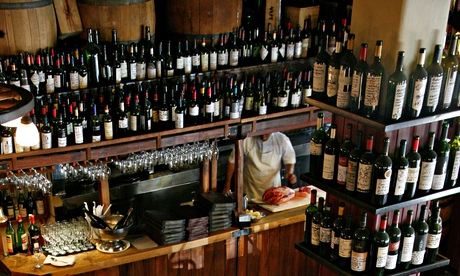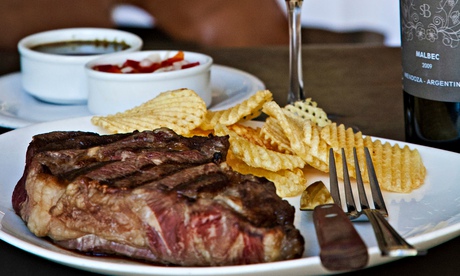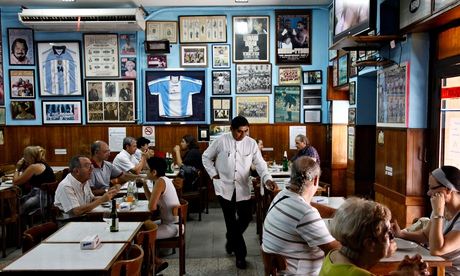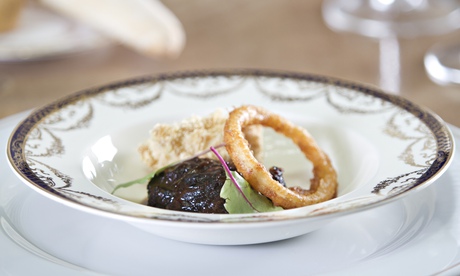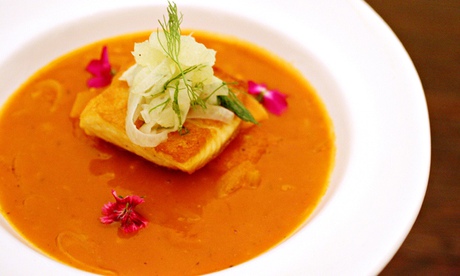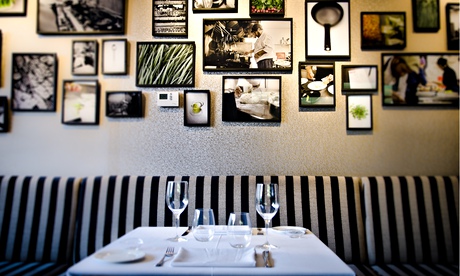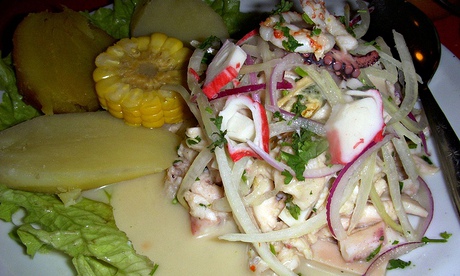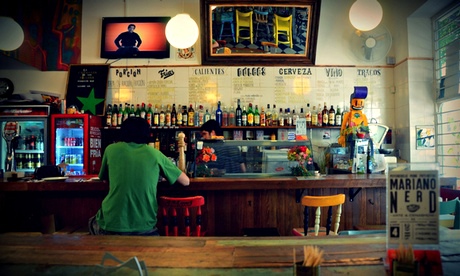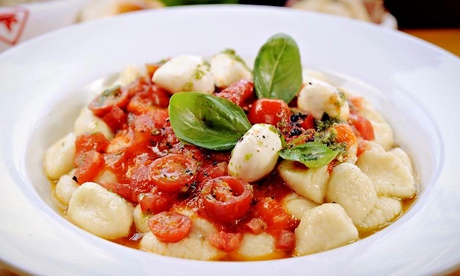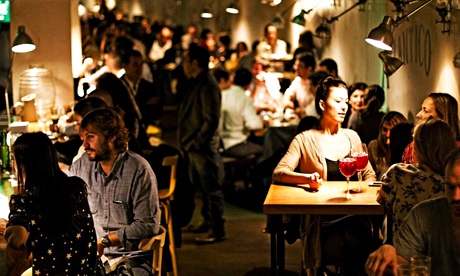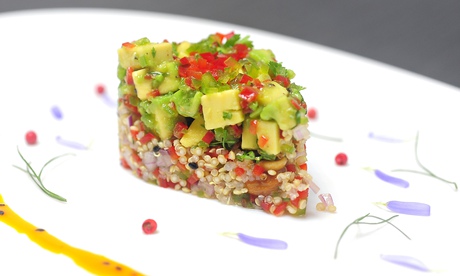President Alfonsin. Mr. President, I wish to begin my statement by expressing my gratitude to you
for the warm reception you are granting to the President of all Argentines.
As you have said, it's very important that we meet at this historical time when a real wave of
democracy is going through Latin America. This is our hope, Mr. President: that the peoples of
Latin America actually live in that respect and actually enjoy the prerogatives and the liberty that
the people of the United States enjoy.
That's, on the other hand, what our Founding Fathers wanted for us -- both the Founding Fathers
of the United States and those of Argentina. That's precisely what the men that gave us
independence fought for, starting with General Washington in the North and General San Martin
in Argentina.
As you know, as you said, Mr. President, it is necessary that these democracies actually achieve
tangible economic results, so necessary to also achieve social democracy. That's why right next to
hope, fear is also there in Latin America -- the fear that arises from nonsatisfied expectations of
our peoples, our democracies having inherited very difficult charges in the economic order.
It's a debt that in my country reaches the $40 billion and that in Latin America reaches the $400
billion. That, of course, conspires against the democratic systems. That, Mr. President, is no
doubt one of the big differences between our two countries.
For us, the philosophy you just mentioned -- the philosophy of the state of law, the respect of
human rights -- that is equal to both of us. But a man, Mr. President, to be called such thing, not
only has to have just the right to exercise his fundamental liberties; he also has to have the
possibility of living a dignified life.
That's why, Mr. President, in Latin America we are ready to govern with the austerity that our
times are demanding. We are making the necessary adjustments to suppress the obstacles of our
economy, but we cannot make adjustments that will actually impose sacrifices on those who have
less. It's different from those developed countries in which the entire GNP is received by only 50
percent; in our countries, it doesn't reach even the 40 percent. And to ask from our peoples in that
precise sector a bigger effort is no doubt to condemn them to marginality, to extreme poverty, to
misery.
Of course, then we would mean that the demagogues that are always there would find in the arms
those simple satisfactions that democracy couldn't grant. That's why, Mr. President, it has been
very important for me to listen to your welcoming remarks, because you've shown a deep
understanding of our problems. I am indeed persuaded that it couldn't be otherwise.
I am indeed persuaded that the United States understands the development of democracy is, of
course, entrenched in our country. That's why there's been great expectations about the dialog
that we will start today.
We will talk about the present, and we will talk about the future. We, two Presidents elected by
the will of the people, will get together. We will, of course, talk about bilateral subjects and also
those items that regard the continent as a whole. And, of course, in our dialogs the subject of
Nicaragua and Central America will not be absent.
I am convinced that it's through dialog that we will be able to reach peace. And on the basis of the
principle -- a long-standing principle of international law in Latin America -- of nonintervention,
that will give us, of course, the possibility of democracy and pluralism in democracy to succeed
without extracontinental interventions and affirming, of course, the freedom of man.
We will talk about all this, Mr. President, and as I said, there will be two men freely elected by the
will of our peoples. So, Mr. President, it will be a dialog of both our peoples. That way and
because of them we will try to reach solutions. We will work for them, for our peoples. We will
try to build the future that our peoples deserve.
